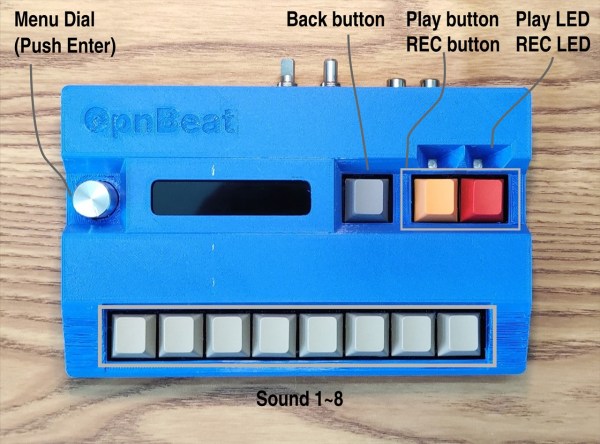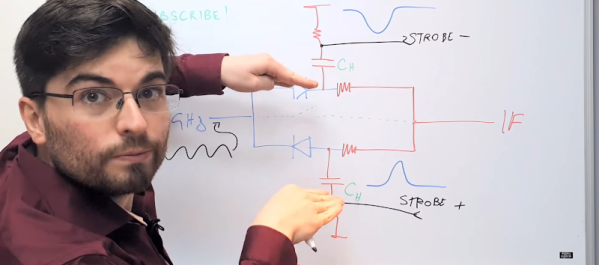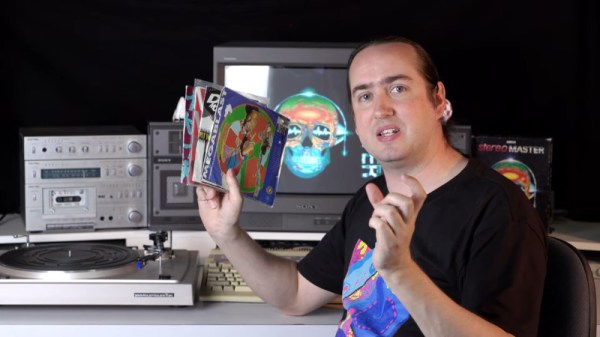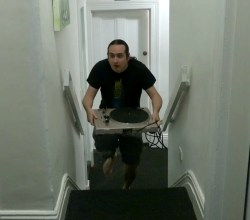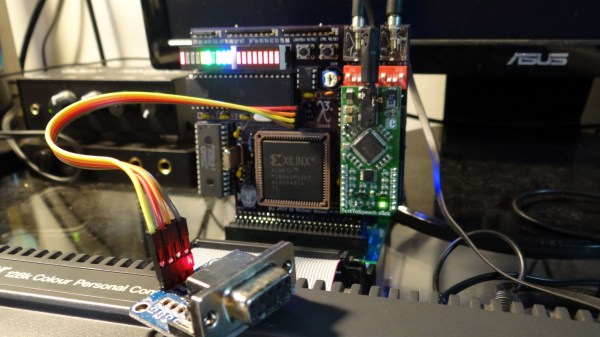[Bea Thurman] had a retro music conundrum. She loved the classic Greengate DS:3 sampler, but couldn’t buy one, and couldn’t find enough information to build her own. [Bea’s] plea for help caught the attention of [Eric Schlaepfer], aka [TubeTime]. The collaboration that followed ultimately solved a decades-old mystery.
In the 1980s, there were two types of musicians: Those who could afford a Fairlight CMI and everyone else. If you were an Apple II owner, the solution was a Greengate DS:3. The DS:3 was a music keyboard and a sampler card for the Apple II+ (or better). The plug-in card was a bit mysterious, though. The cards were not very well documented, and only a few survive today. To make matters worse, some chips had part numbers sanded off. It was a bit of a mystery until [Bea and Tubetime] got involved.
Continue reading “Solving A Retrocomputing Mystery With An Album Cover: Greengate DS:3”




